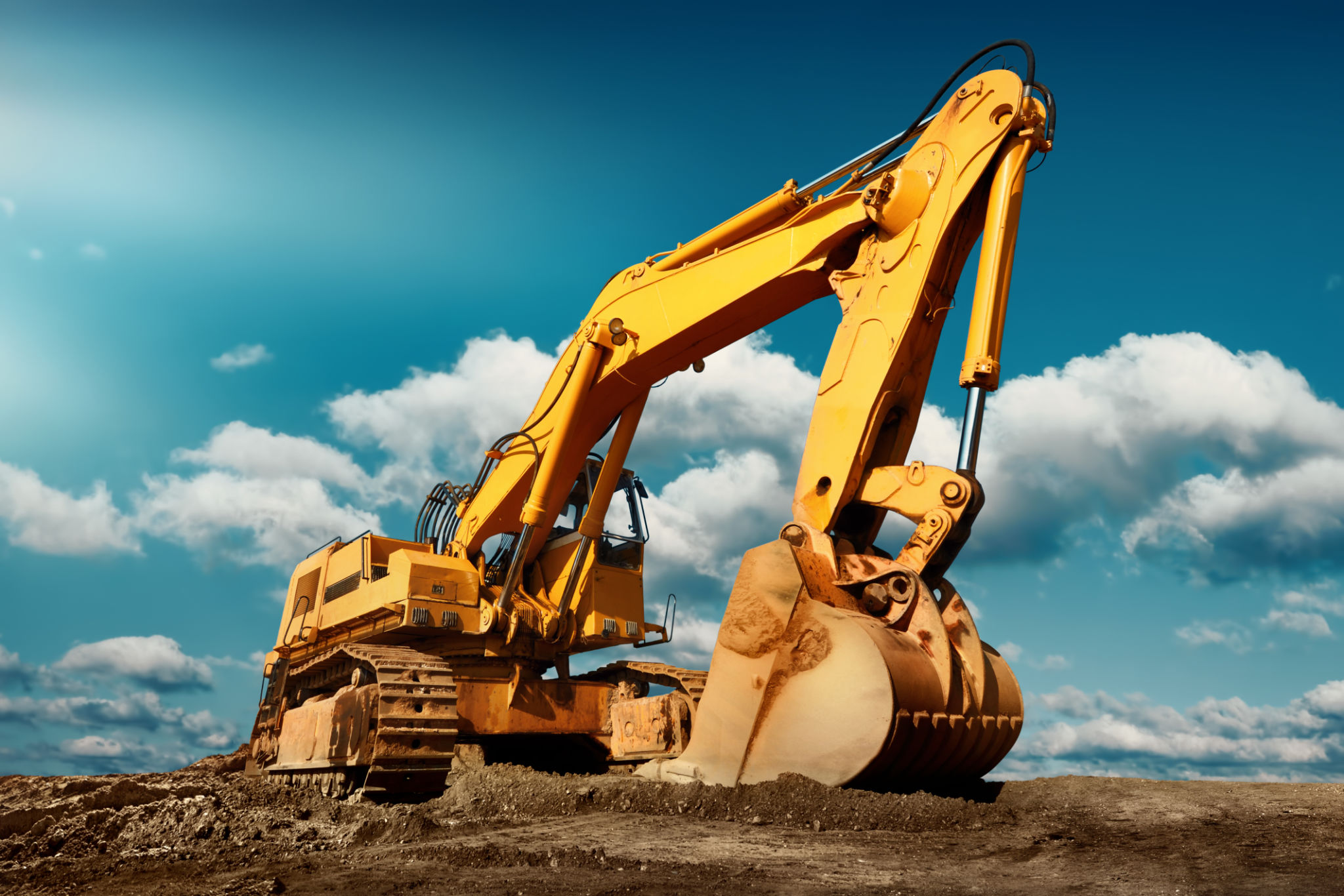Comprehensive Guide to Underground Utility Detection: What You Need to Know
Understanding Underground Utility Detection
Underground utility detection is a crucial process for construction, renovation, and landscaping projects. It involves locating and identifying underground utilities such as pipelines, cables, and other infrastructure. This process helps prevent accidental damage during excavation, ensuring safety and compliance with regulations. Whether you're a contractor, engineer, or property owner, understanding underground utility detection is essential for successful project execution.

Why is Utility Detection Important?
The importance of underground utility detection cannot be overstated. Striking an unseen utility line can lead to serious consequences such as service interruptions, costly repairs, and even safety hazards. By accurately locating utilities before digging, you can avoid these issues and maintain smooth project progress. Additionally, adhering to utility detection protocols is often a legal requirement in many areas, further emphasizing its significance.
Methods of Underground Utility Detection
Various methods are employed in underground utility detection, each with its advantages and limitations. The most common techniques include:
- Ground Penetrating Radar (GPR): Uses radar pulses to image the subsurface, suitable for detecting non-metallic utilities.
- Electromagnetic Locating: Detects metallic utilities by using electromagnetic signals.
- Acoustic Detection: Utilizes sound waves to identify utilities by detecting sound reflections.

Choosing the Right Detection Method
Selecting the appropriate detection method depends on several factors, including the type of utilities present, soil conditions, and the depth of the utilities. For instance, electromagnetic locating is ideal for metallic pipes and cables but may not be effective for non-metallic lines. Ground Penetrating Radar (GPR) is versatile and can detect both metallic and non-metallic utilities but may struggle in certain soil types. Consulting with a professional utility detection service can help determine the best approach for your specific needs.
Steps in the Utility Detection Process
The process of underground utility detection typically involves several key steps:
- Pre-Survey Research: Gathering existing records and maps of the area to understand potential utility locations.
- On-Site Survey: Using detection equipment to identify and mark the location of underground utilities.
- Data Analysis: Interpreting survey data to create a comprehensive map of detected utilities.

Working with Professionals
For most projects, hiring professionals for underground utility detection is advisable. Experienced technicians have the expertise and equipment to accurately locate utilities, minimizing the risk of errors. Professional services also ensure compliance with local regulations, providing peace of mind that your project will proceed without legal or safety issues. When selecting a service provider, consider their experience, reputation, and the technology they use.
The Future of Utility Detection
The field of underground utility detection is continually evolving with advancements in technology. Innovations such as drone-based surveys and improved data analysis software are enhancing accuracy and efficiency. These developments are making it easier to integrate utility detection into project planning, reducing costs and improving safety outcomes. Staying informed about new technologies ensures that your projects benefit from the latest advancements in utility detection.
By understanding and implementing comprehensive underground utility detection practices, you can protect your projects from unnecessary risks and ensure smooth execution. Whether you're tackling a small renovation or managing a large construction site, prioritizing utility detection is a smart investment in safety and success.
